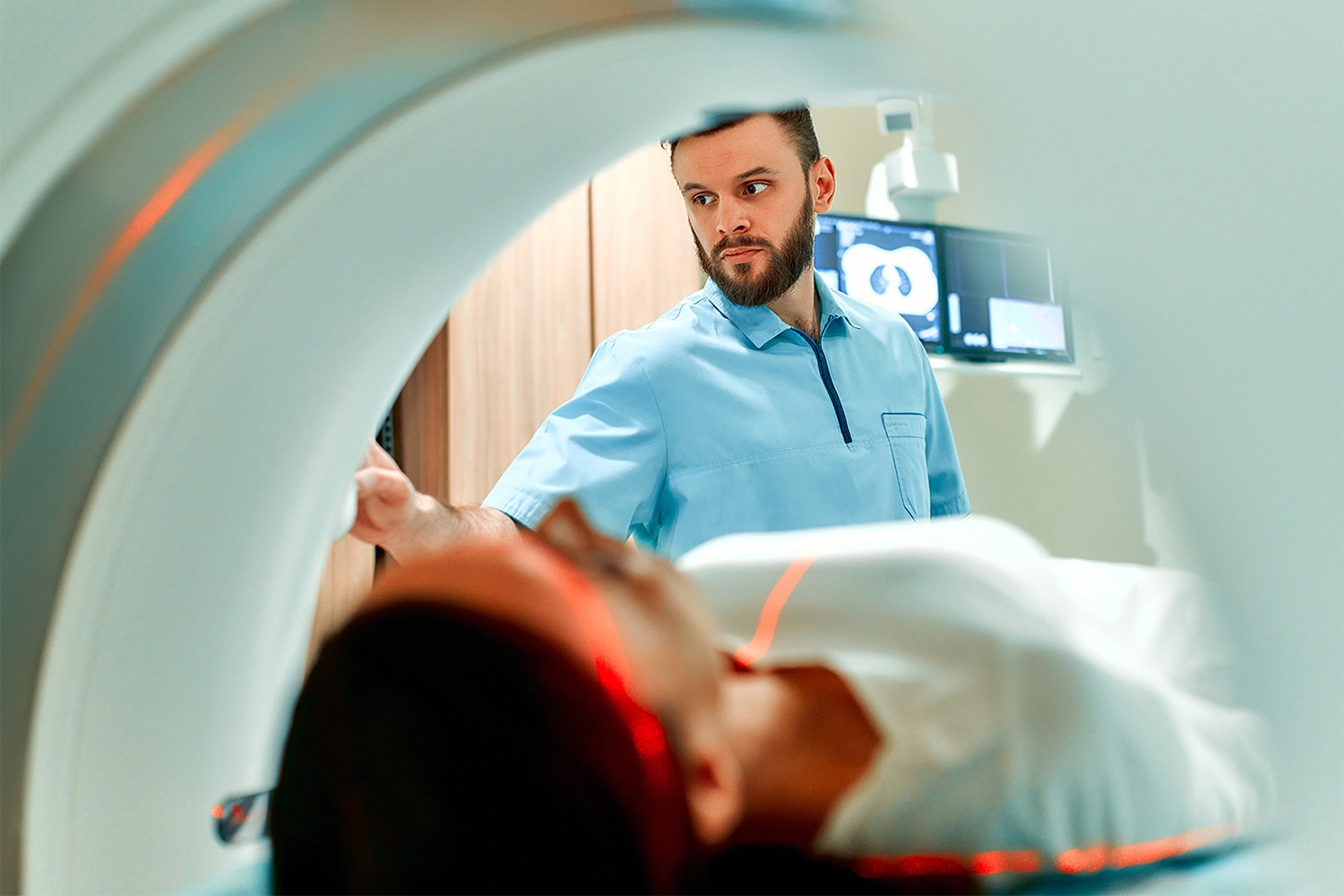MRI Is Effective in Detecting Cancer in Dense Breasts, But Is It Cost-Effective?
Nearly 10% of women have extremely dense breasts, the highest of four tiers of categorization ranging from breasts that are almost completely composed of fatty tissue, to those that are extremely dense with glandular and fibrous tissue. The rate of breast cancer among those with extremely dense breasts is double that of the average population. Dense breast tissue makes it more difficult for mammography to detect cancer in the breast, but magnetic resonance imaging (MRI) has little difficulty. However, MRI is more expensive than mammography. A report published Sept. 29 in the Journal of the National Cancer Institute analyzed data from a previous Dutch study of women 50 to 75 years old with extremely dense breasts who were screened via an MRI after receiving a normal mammography result. Researchers used a model that simulated several screening protocols at various costs using mammography and/or MRI. They estimated long-term effects using measures including number of breast cancer diagnoses, life-years, quality-adjusted life-years, breast cancer deaths and overdiagnosis. The new study concluded that MRI screening every four years is the most cost-effective option for women with extremely dense breasts. “However, when women know they have extremely dense breasts and thereby an elevated breast cancer risk, they may want to be screened more than once every four years,” the authors wrote. The authors suggested alternating mammography and MRI every two years as an alternative for women with extremely dense breasts.
Thyroid Cancer Diagnosis More Common in Women Than Men, But Incidence Seems Similar
Women are diagnosed with thyroid cancer more often than men, and the gap has grown significantly in the past few decades. According to a study published in JAMA Internal Medicine, however, the reason for the growing gap in diagnoses is that women are more likely than men to be diagnosed with papillary thyroid cancers (PTCs), small thyroid cancers that might not be a problem in a person’s lifetime. The diagnosis gap disappears for aggressive and often fatal types of thyroid cancer, and the thyroid cancer mortality rate is similar in women and men. The researchers also examined autopsy results and found no significant difference between the sexes in the incidence of small thyroid cancers that were undiagnosed in a person’s lifetime. According to the study authors, “the belief that women get thyroid cancer more often than men is an oversimplification. The gender disparity is mostly confined to the detection of small subclinical PTCs, which are equally common in both sexes at autopsy but identified during life much more often in women than men.”
Researchers Study Effect of Higher Alcohol Taxes on Incidence of Alcohol-Related Cancer
A study published in the Lancet Regional Health – Europe found that raising taxes on alcohol could reduce the incidence of alcohol-attributable cancer. Researchers modeled the impact of doubling alcohol taxes in the World Health Organization (WHO) European Region and found that the increase could prevent nearly 6% of cases of alcohol-attributable cancer. Colorectal cancer and breast cancer in women contributed most to the number of avoidable deaths, according to their analysis. “Given the prevailing low level of taxation in many countries, particularly within the European Union, increasing excise duties represents a considerable and as yet untapped potential to tackle the alcohol-attributable cancer burden in the region,” wrote the study authors.
Cancer Today magazine is free to cancer patients, survivors and caregivers who live in the U.S. Subscribe here to receive four issues per year.





